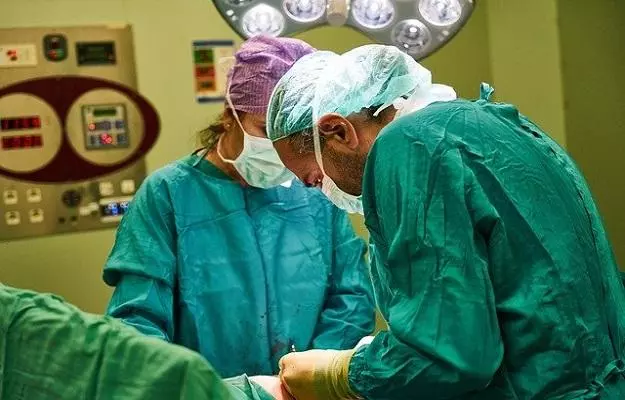Summary
Coccygectomy is performed to remove either a part or all of the coccyx bone (tail bone). A doctor may recommend this procedure if you have coccydynia, which is pain or tenderness in the coccyx bone. This pain can worsen on standing or sitting for a long time and disturb your sleep, and daily routine. You may also feel uncomfortable intermittent sharp pains. Before the surgery, the surgeon will perform tests, including imaging scans, to diagnose the cause of the pain. You will need to avoid drinking or eating from midnight before the procedure. The surgery will be done under general anaesthesia. After the procedure, you will be sent home once you are comfortable to move on your own. You will need a follow-up appointment six to eight weeks after the surgery.












